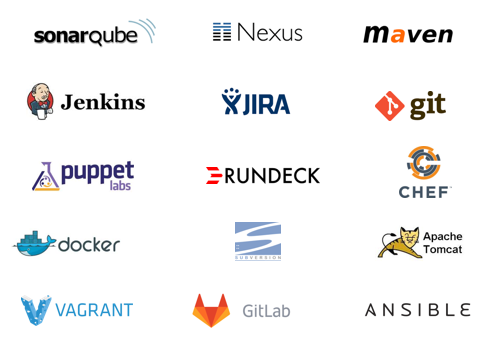Upgrade & Secure Your Future with DevOps, SRE, DevSecOps, MLOps!
We spend hours on Instagram and YouTube and waste money on coffee and fast food, but won’t spend 30 minutes a day learning skills to boost our careers.
Master in DevOps, SRE, DevSecOps & MLOps!
Learn from Guru Rajesh Kumar and double your salary in just one year.
1. What is DevOps?
DevOps is a set of practices that combines software development (Dev) and IT operations (Ops). It aims to shorten the systems development life cycle and provide continuous delivery with high software quality. DevOps is complementary with Agile software development; several DevOps aspects came from the Agile methodology.
->DevOps is characterized by key principles: shared ownership, workflow automation, and rapid feedback.
->DevOps is a culture and an approch in changing the mindset of the team i.e development, IT operations, quality engineering, and security teams development, IT operations, quality engineering, and security
->By adopting a DevOps culture along with DevOps practices and tools, teams gain the ability to better respond to customer needs, increase confidence in the applications they build, and achieve business goals faster.
2. 10 Advantange of the DevOps
- Speed up the application delivery.
- speed performance.
- stability increses
- Increases productivity.
- Cost saving.
- Agile.
- Simplifies the work.
- Continuous Integration
- Enhances the quality.
- Continuous Monitoring
3. Top 10 Tools used in DevOps?

Versioning ⇨ GitHub
Code Analysis ⇨ SonarQube
Build Management ⇨ Maven
Unit Testing ⇨ Junit
Repository Management ⇨ Nexus
Development to QA, Staging, Preprod – Existing Server ⇨ Puppet
Deployment to QA, Staging, Preprod – Container ⇨ Docker
Acceptance Testing ⇨ Selenium
Continuous Integration ⇨ Jenkins
Deployment to Production – Existing Server ⇨ Puppet
Deployment to Production – Container ⇨ Kubernetes
Infrastructure Monitoring ⇨ Nagios
4. How to implement DevOps?
version control->continuous integration->continuous delivery-> continuous deployment
continuous monitoring